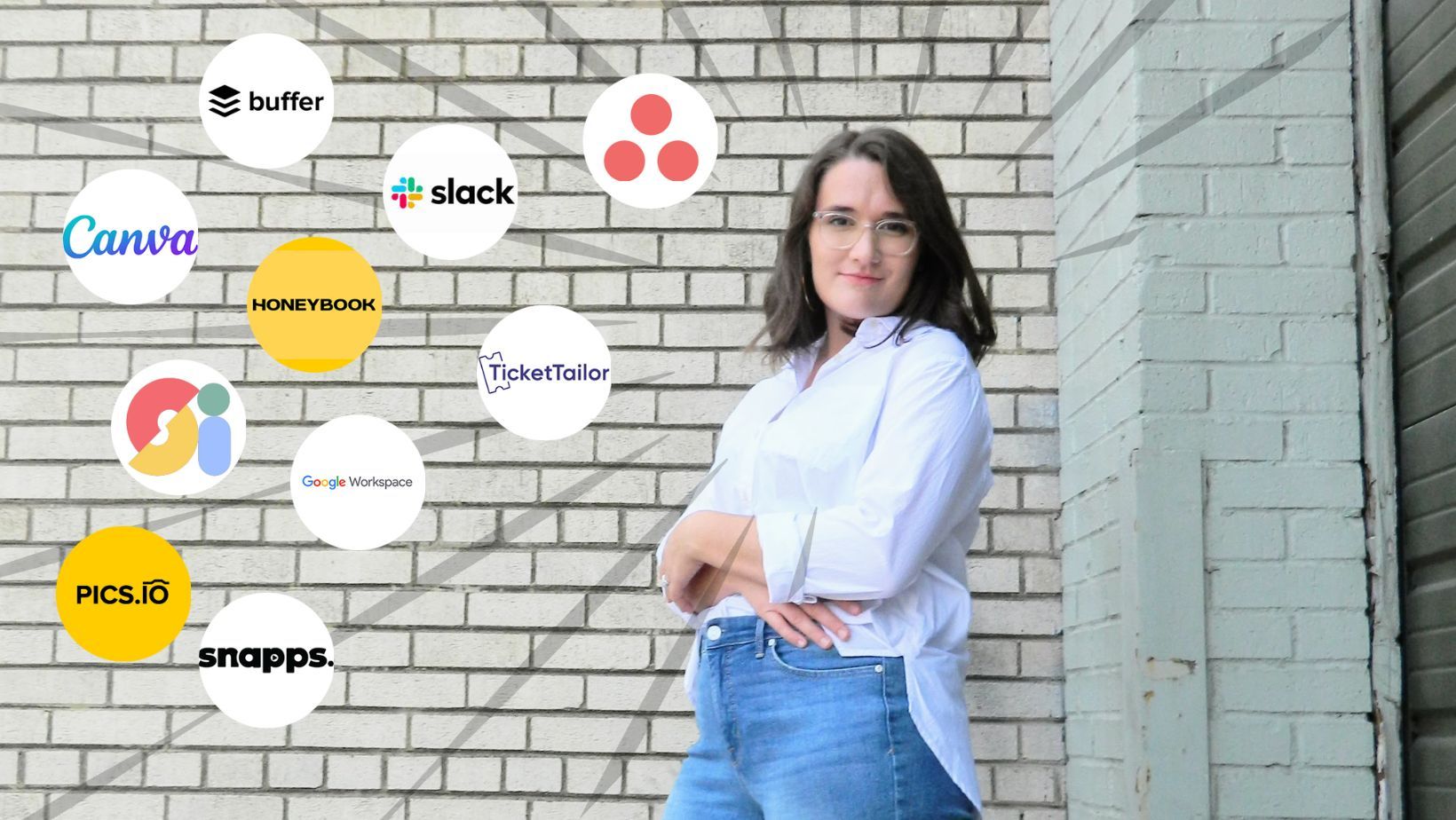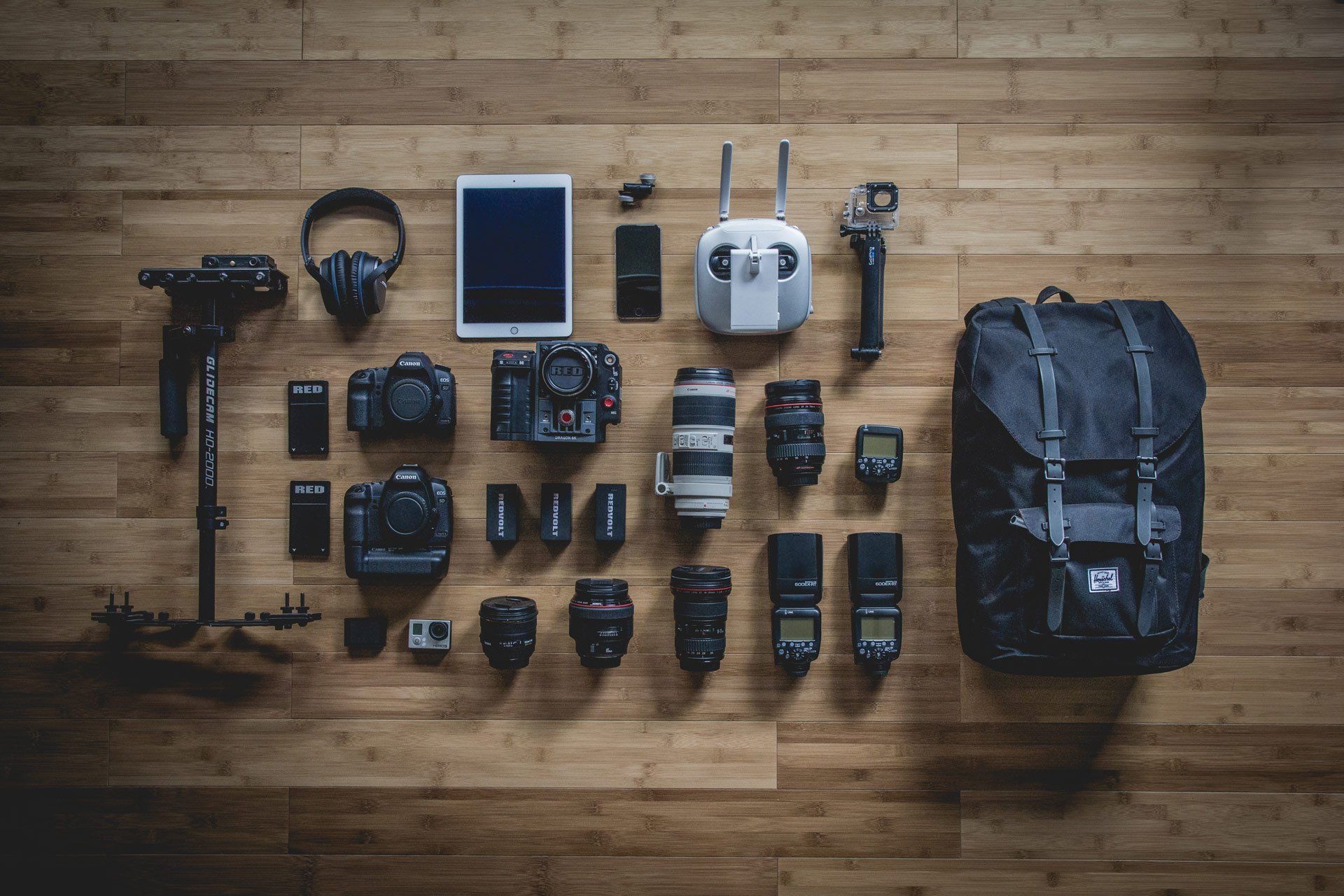What You Need to Know about Backlinks and SEO: A Starter Guide
If you’re a small business owner, wrapping your mind around the topic of SEO might feel a little daunting. It seems easy enough to figure out what your main ranking keyword should be - take the most common descriptive word or phrase about what you offer, and if you’re a service based business, add your location - “bounce house rental Forney TX” for example.
But what is the secret sauce behind why some businesses and websites land at the top of page 1 on Google (or in the first 10 results, since Google introduced infinity scroll), and others end up buried among other seemingly less-relevant search results?
That, my friend, is the power of Search Engine Optimization.
The Secret Sauce of SEO: Backlinks
My goal today is to fill you in on some of the ingredients of that secret sauce: the first one we’ll focus on is Backlinks.
Everyone knows what a link is, right? You click on a link in an email to read a blog post, like this one. You click on a link from Facebook to read about the Met Gala on Buzzfeed and rank the celebrities outfits from best to worst. You tap a link on Instagram on an ad for boutique baby clothes. Your friend texts you a link to the restaurant you’re meeting at tonight. Or, you take to Google and search for “coffee shops in Highland Park” and browse through the top results to pick a place for next week’s coffee date, unaware that those top ranking sites are harnessing the power of SEO to get to #1.
What is Backlinking?
At its most basic, backlinking is websites linking to other websites.
A wedding photographer might link out to all the vendors they worked with at their most recent
stunning wedding in Saratoga.
A local guide might link to their
top Nashville recommendations if you’re visiting the Music City.
The recommendations of those trusted voices – the photographer, the blogger (especially if you’ve been following them for a while) – probably mean more to you than just something random you stumbled across on the internet.
It’s like some “trust” from the photographer or the blogger’s website drips over to the other website that they’re linking to. Just like YOU as a reader would trust their recommendations a bit more because of who it came from, the Google algorithm sees that trust flowing over because of the sites being linked together. A site with a lot of links from authoritative sites seems a lot more legit to Google than a site with 0 backlinks, for example.
In a nutshell, that’s why it’s important to get quality backlinks for YOUR site. If it doesn’t make sense, read it over again. It’ll sink in!
What Do Dofollow and Nofollow Links Mean?
A key thing to understand with backlinking is that every time you link out to someone, it “gives away” a little bit of the trust that YOUR website, your domain, has established. You want to use linking where it is strategic to help meet your business goals, as well as help your potential customers, but not getting screwed over in the process.
Some sites choose to implement a tag on certain links that marks them as “nofollow”, which means the trust won’t follow over to the other site that’s being linked to. Your site user can still access the content being linked to, but it won’t have the same impact on
that site’s SEO that a “dofollow” link would.
Both nofollow and dofollow links are important. In the words of marketer
Greg Bukovatz, “Google has their own special algorithm for determining the quality of a domain and thankfully it is not based solely on how many DF (dofollow) links you get.”
Some small businesses seek out getting good quality backlinks to improve their SEO and web presence. It’s a good strategy to follow; one of the most foundational building blocks of the art of search engine optimization. Businesses can even work together and link to each other’s websites, providing benefits to both parties!
How Can You Tell if a Link is Nofollow or Dofollow?
In most internet browsers, you can simply right click or double-tap on a link on any webpage and select “inspect” and view the HTML of the page which gives you a peek at the link properties. If a link is normal it’ll just follow the normal <a href=”...”> structure, but if it’s a Nofollow link, it’ll have a special parameter added into the <a> tag, it looks like ‘rel=”nofollow”’

Browsers like Google Chrome also allow special tools to be added onto your browser, called Extensions. I use an extension called “Nofollow” and adds a small red outline to any link that is a “nofollow” link, saving me a lot of steps and time on repetitive tasks like checking backlinks.
More Secret Sauce
Just like in Kung Fu Panda, where Po learned that the secret sauce was “nothing” – I hope the resources Dreampop Creative offers, like this blog post, can help you understand some of the secrets of SEO and how to build your business online, even better than before.
Ready to work with Dreampop Creative?
Let's connect! We’re here to help.
Send us a message and we’ll be in touch.
Or give us a call today at 972-698-5440
Agency Contact Form
More Marketing Tips, Tricks & Tools





